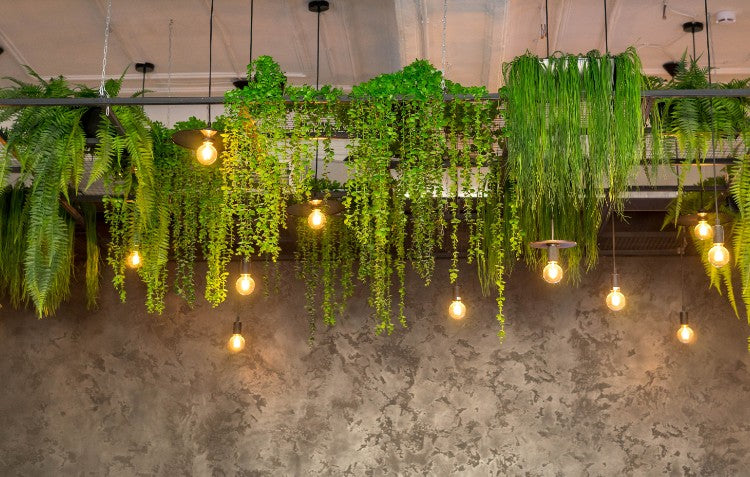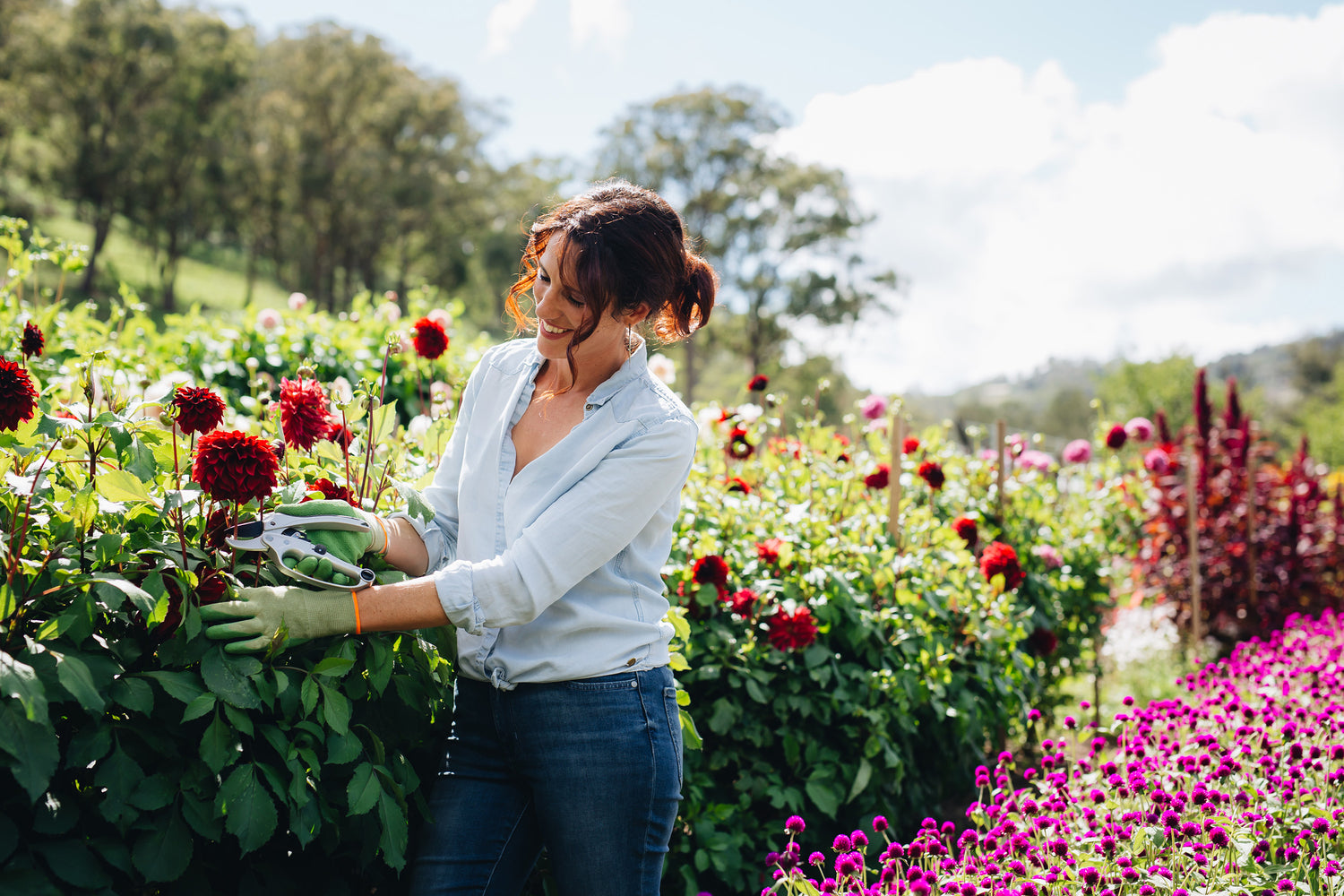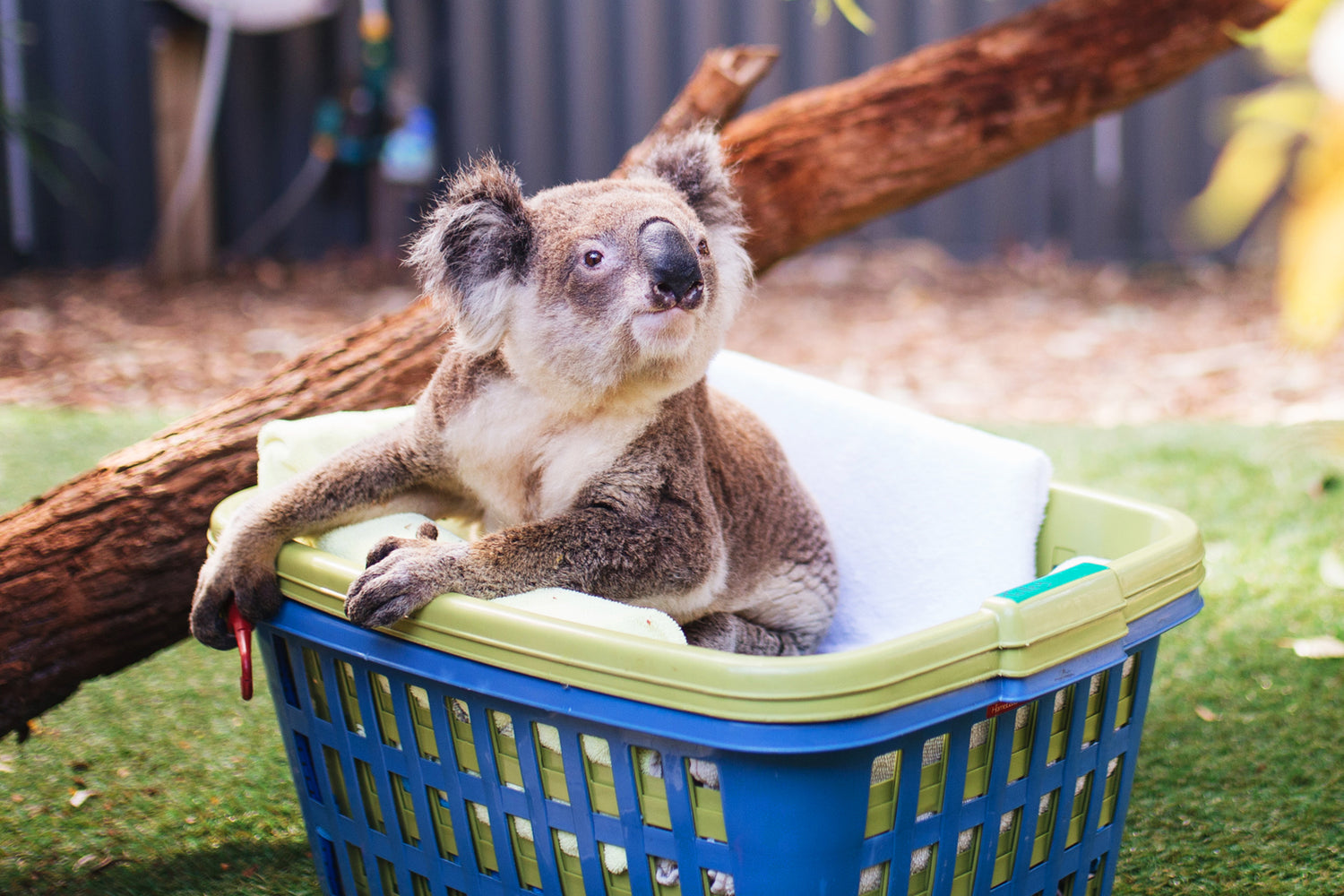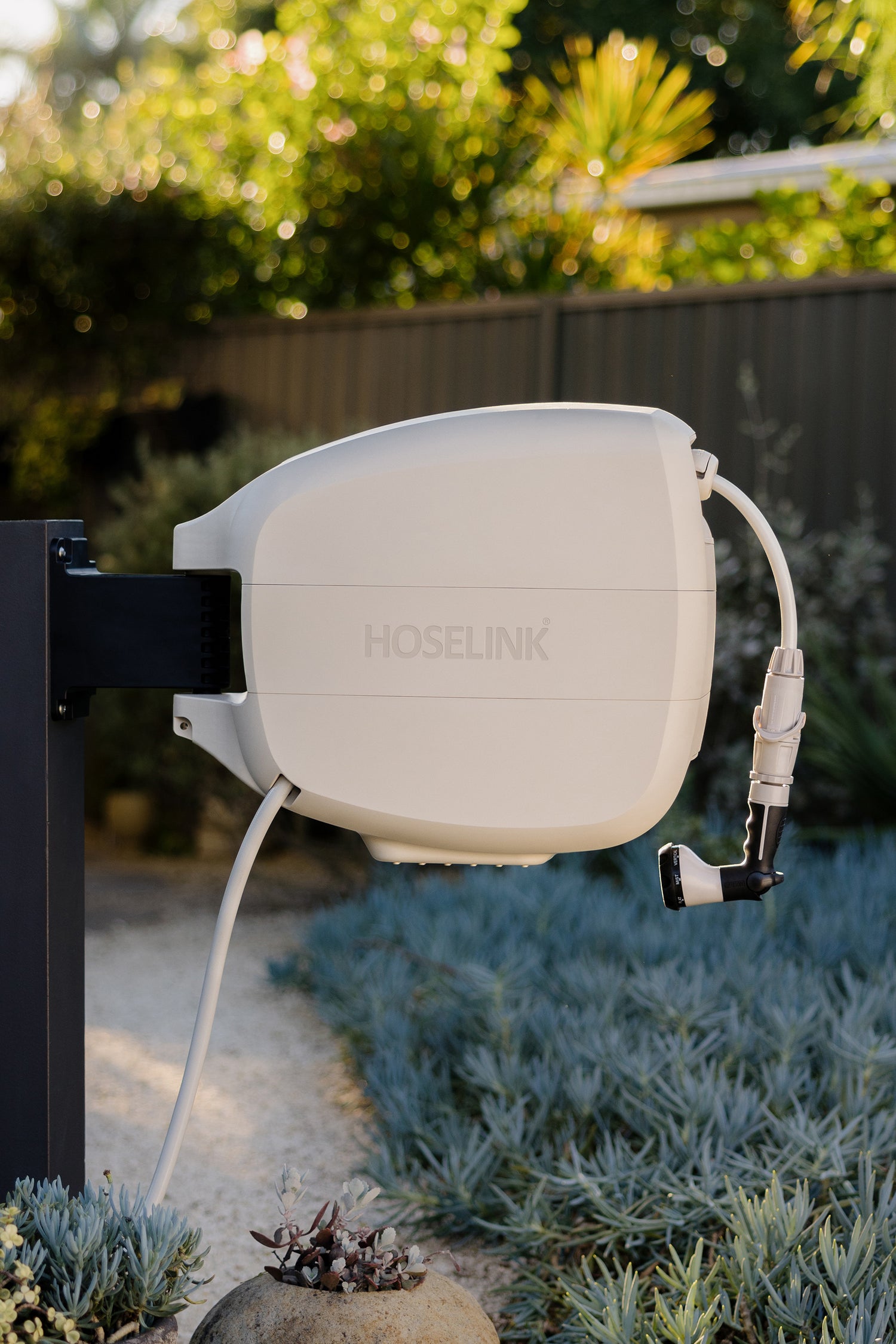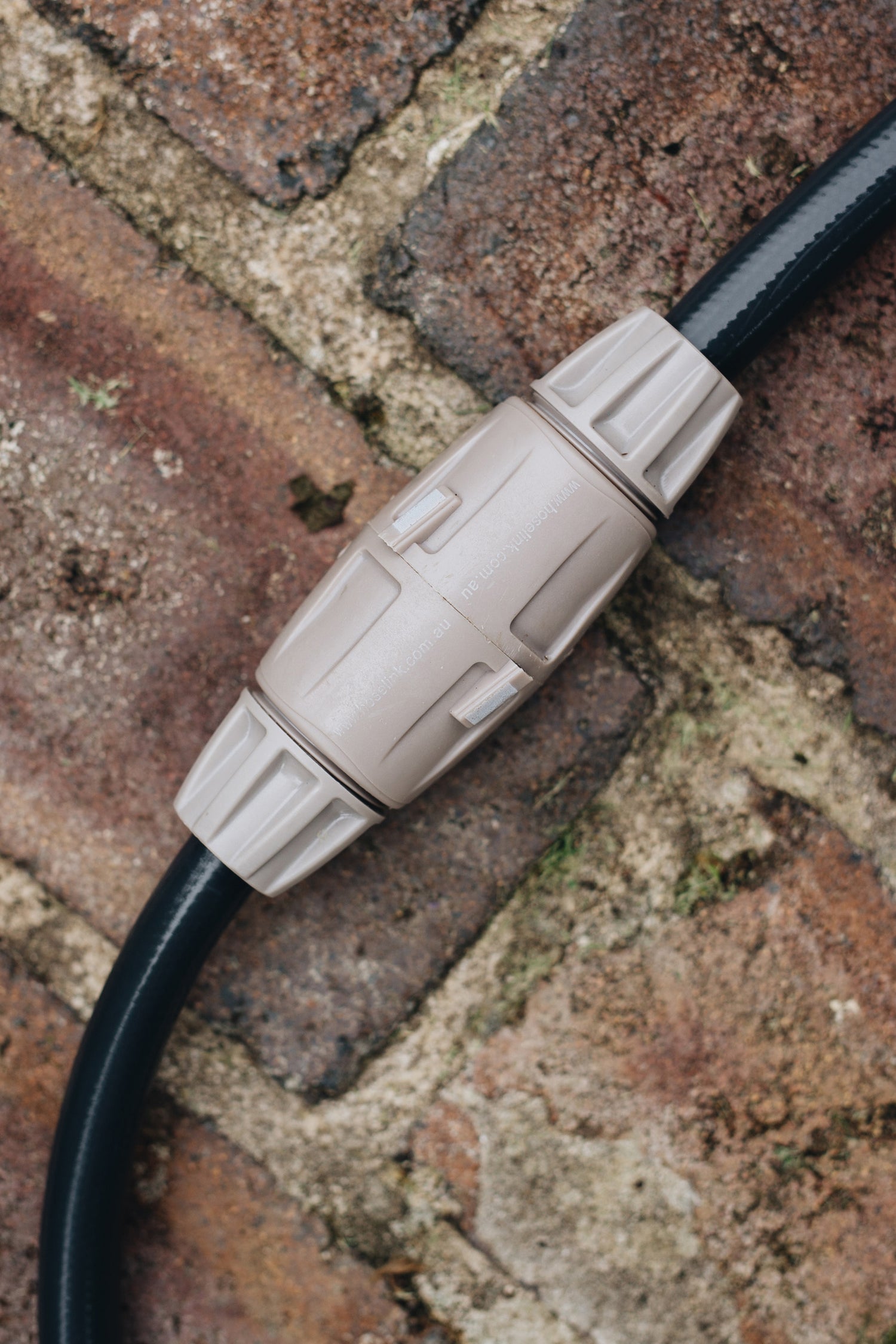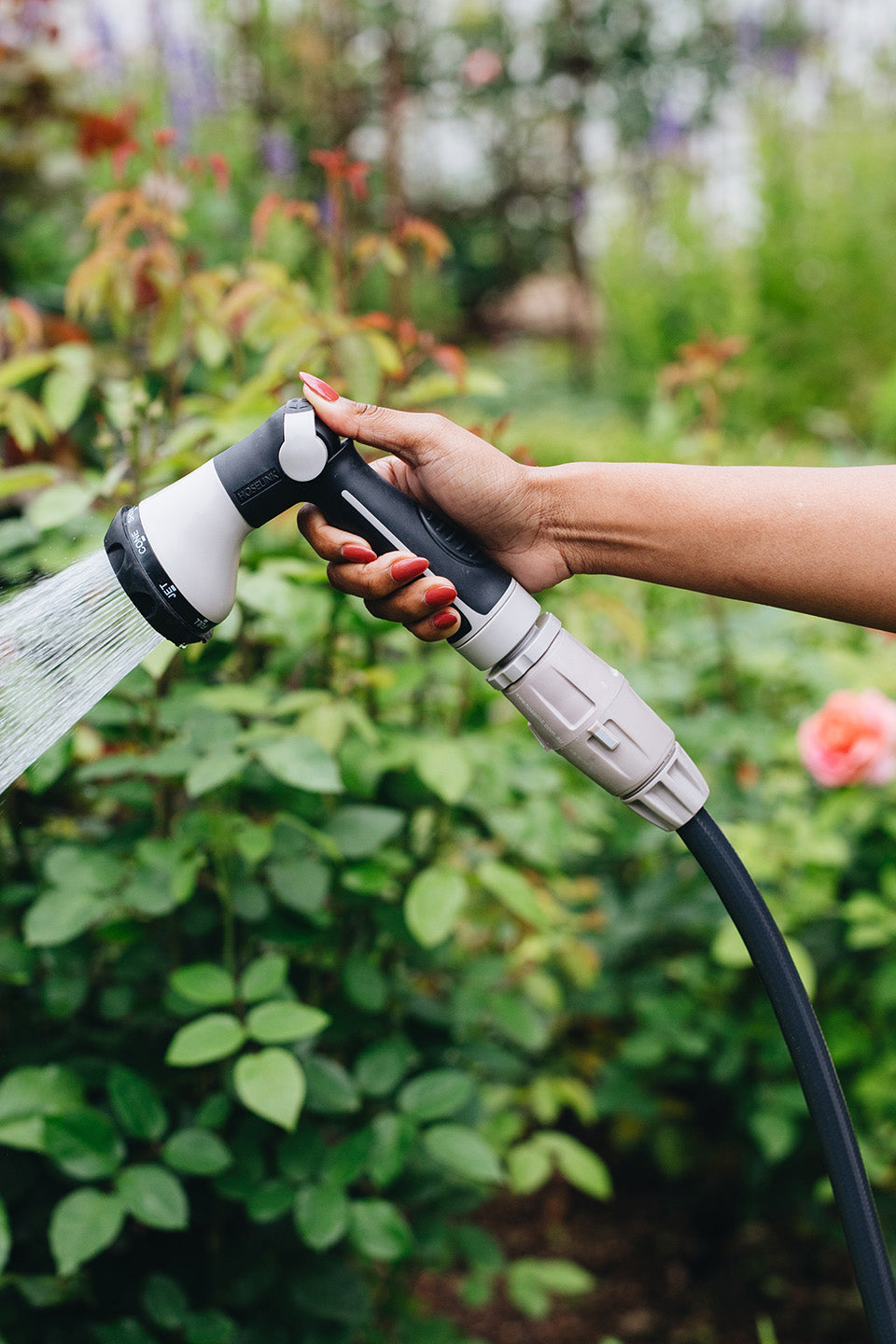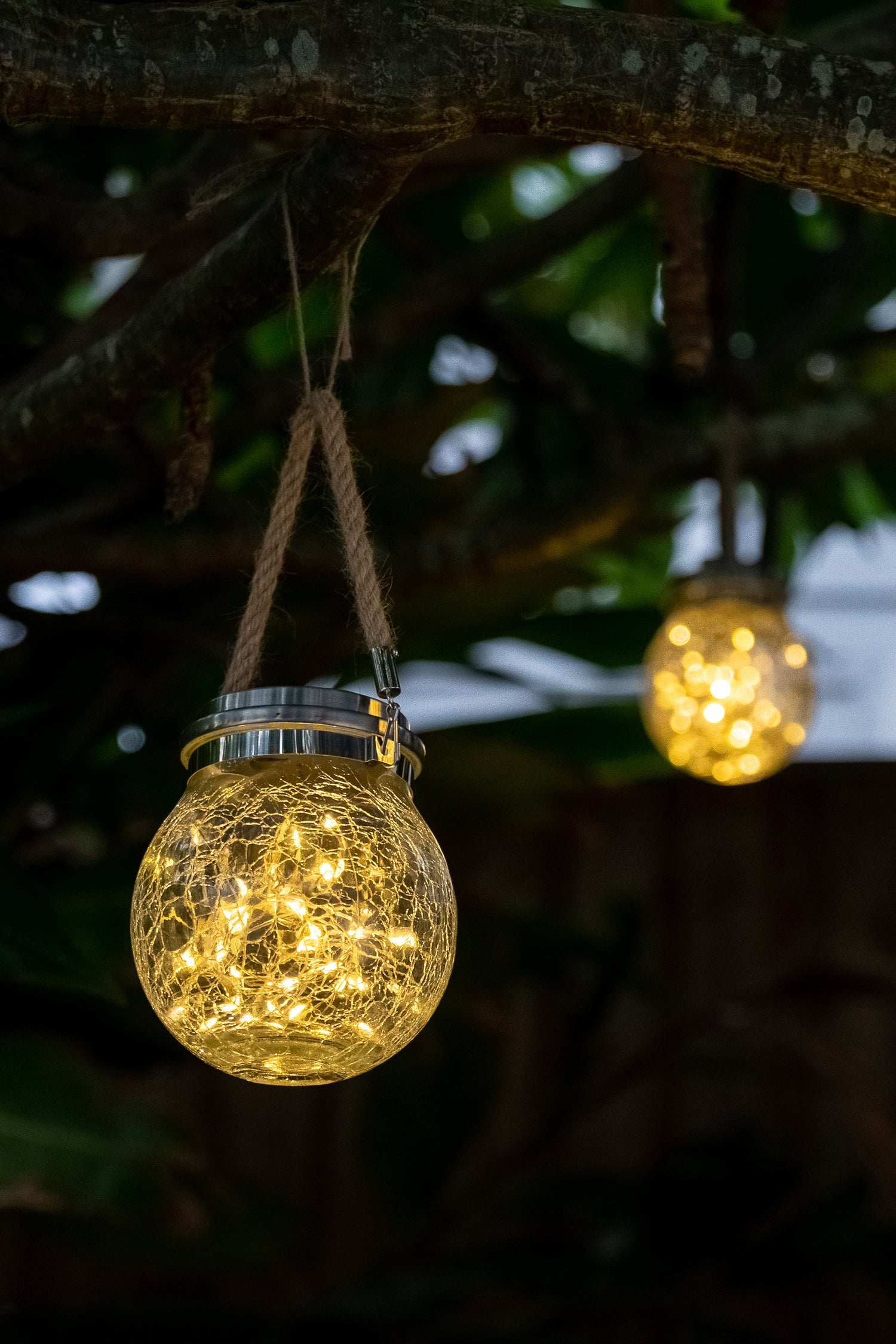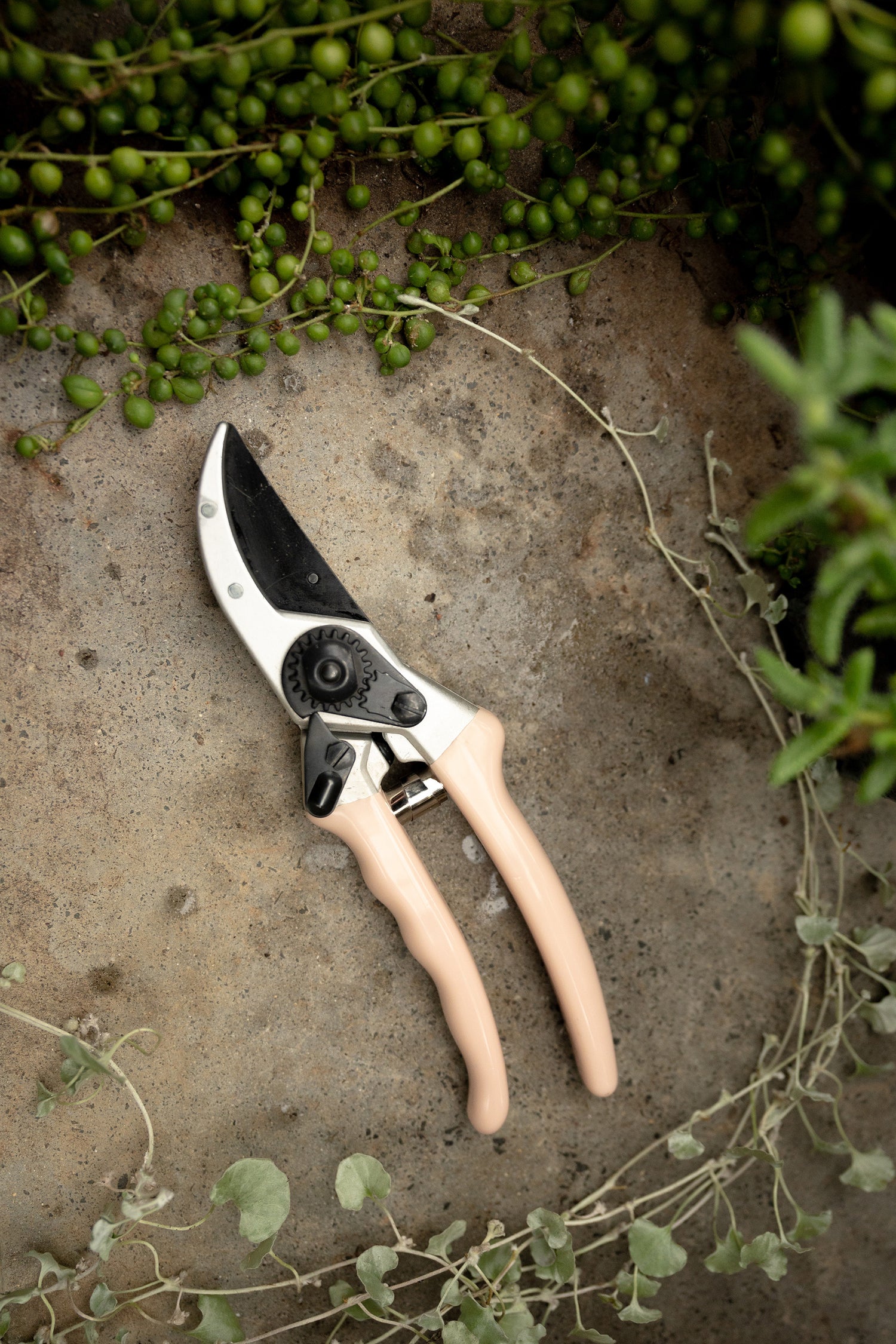If you're anything like us, you've seen the stunning vertical gardens and hanging plants all over your social media feed! If you've ever considered putting some of these gardening and landscape design ideas into practice, check out the blog for everything you need to know before you get started.
What is a vertical garden?
Simply put, a vertical garden is a vertical area used to grow plants and crops. Taking it one step further than a climbing plant or trellis, these gardens are often favoured in urban backyards with limited space. A vertical garden requires a strong support system and a solid wall or surface to attach it to and offers the chance to be even more creative with your planting. These flexible planting systems are usually soilless and can bring natural beauty inside the home or a gorgeous green ecology to a bare wall outside. They can be small or large-scale and work exceptionally well on a balcony or in a courtyard.
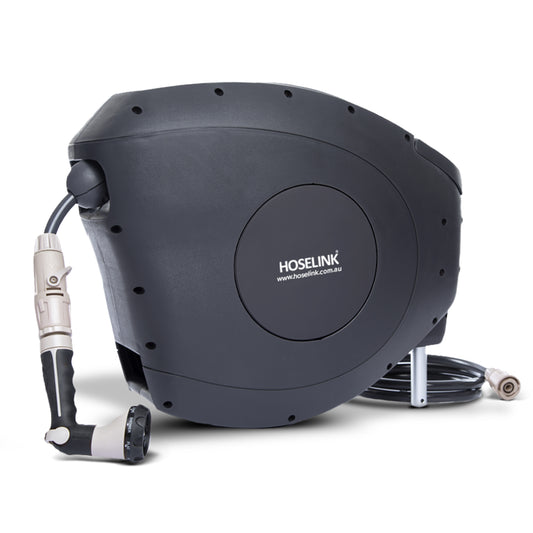
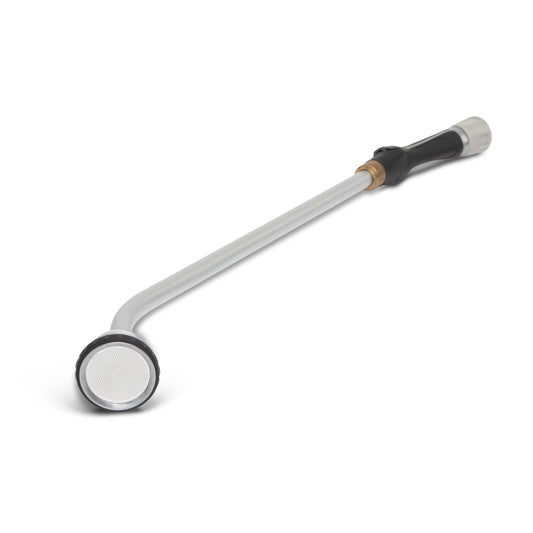

Types of Vertical Gardens
Here are some of the most popular types of vertical gardens:
- The green wall – This type of garden, also known as a living wall, is a self-sufficient vertical garden structure that is attached to a wall. Vegetation roots itself to the structure and usually receives moisture by a built-in drip irrigation system, rather than from soil. A green wall usually consists of a frame, waterproof panel, irrigation system and plants. This style of vertical planting can be an expensive option.
- Pallet planter – This is more of a DIY project to upcycle a disused old pallet, but it’s still vertical and space-saving. You can either modify it to hold plants inside or attach pots to the outside.
- Gutter garden – Reuse an old gutter system and turn it into planters fixed to a fence or wall – just don’t forget to drill a few drainage holes. Spacing the gutters evenly apart in horizontal rows looks most effective. You can also create a hanging gutter garden in this way, using steel cables to separate and hang the guttering, rather than fixing it to a solid surface.
- Hanging pots – A hanging clay pot vertical garden works especially well for balconies. Use a threaded rod and a series of flanges to space out and secure your pots before planting.
Let’s move on to some introductory tips for vertical gardening that could potentially increase your earnings (from your own fruit and veggies), but also add to the aesthetic appearance of your backyard.

Selecting a Structure
There are many structure options you might want to explore when starting a vertical garden. We’ve listed a few of the most popular, providing some pros and cons you might want to consider before making a final decision.
-
The wall of your home: Any wall can be covered by a vertical garden! The great thing is that most plants are adaptable, and lighting doesn't generally present as an issue. More often than not, everyone has a wall where they can start their vertical garden, right from the get-go you are already saving on excavation and labour costs. The good thing about wall structures is that they are generally strong enough to support most plants. On the other hand, you will need to put holes in the wall, which at times has a negative aesthetic appearance. It's important to make sure that the holes can be carefully patched up to keep out moisture (putty or silicone will generally get the job done) out of the wall. You can minimise the number holes that are visible, by building the frame on the ground first, and then assemble on the wall, using only rivets to hold the structure securely on the wall.
TIP: If the sides of your assembly are also wooden, you might want to consider covering with thick sheeting to stop water damage.
-
A fence: A pre-existing fence makes a great low-cost support structure that can cater for most types of pots. Keep in mind the amount of sunlight each plant might require, and ensure you make your plant selections according to these considerations. Lining the pot with vinyl and composite is a great start, not only does it provide the nutrients that your plants/veggies need, but it also gives your pots long lasting durability. If your pots are not made from clay/ceramic materials, you should put in the extra effort to make sure that you get the same durability as from the clay pots. For example, if your pot is made from metal, you might want to consider covering them so that they don’t rust. If you prefer wooden pots, consider buying moisture-resistant wood such as cedar, redwood or exotic hardwood to get the most durability.
- A specially built, free-standing frame: A free-standing frame, right from the beginning will require a bit more outlay, not only in terms of labour, but also cost. However, the advantages are that you can build it to the exact size you want and place it where it will make best use of the sunlight and offer the most charming appearance in your backyard. The discussion of fence materials above applies to a frame too. Experienced vertical gardeners most often build out of aluminium or PVC pipes/tubing.

Hanging Plants
If you’re keen on the idea of vertical gardening but maybe don’t have the space, you don’t have to miss out! There are several hanging plant options to satisfy the need for vertical gardening indoors.
Even if you have a garden, you may not have the time to tend to a large yard, making indoor planting a much more feasible option. We are in an era of the indoor plant where a lack of outside space inspires an eye-catching indoor display that not only looks good but boasts big benefits too thanks to their air-purifying qualities. The beauty of indoor plants is that they can be arranged in any way, shape or form, including in hanging baskets. The hanging indoor plant instantly brings life and interest to any room from the kitchen to bathroom to main living space. To help you decipher the options we’ve put together an easy how-to guide for selecting, caring for and positioning your own indoor hanging plants.
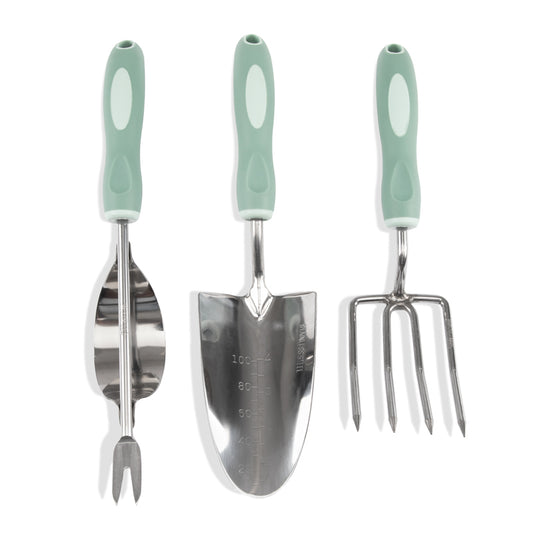
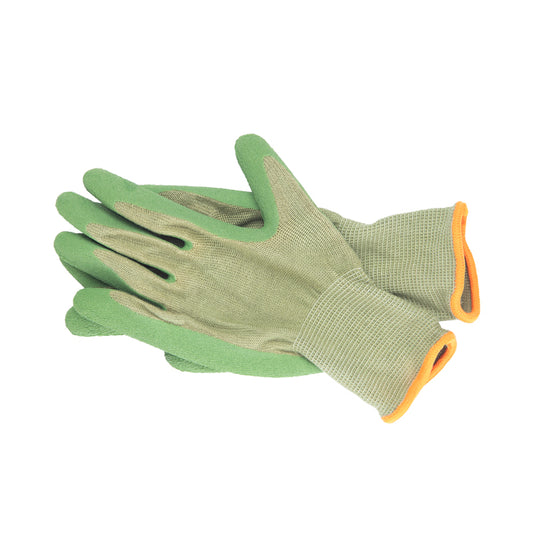
Plant choices
Devil’s Ivy
(Epipremnum aureum)
This creeper thrives best in a hanging pot or basket as it likes plenty of space for its vine tendrils to grow in all directions. If you’re tight on space and want your plant to hold a particular shape, trim back the vines or use wall hooks to drape the vines along the wall. This plant is very hardy, thriving indoors with little light or water. Its vibrant leaves are glossy and heart-shaped making the plant a perfect addition to any plain or empty space. If you are looking for a low-maintenance plant that will forgive you if you forget to water it, then devil’s ivy is for you.
Monstera
(Monstera Deliciosa)
Create a tropical getaway in your living room with Monstera. Occasionally called the Swiss cheese plant, Monstera produces huge, bright green, attractively cut leaves. It has a dense, bushy shape but over time will begin to stretch and climb a trellis or wood totem. If you want to keep the plant compact, simply prune back the vining branches. Water Monstera whenever the soil feels dry to the touch, and fertilise once a month during the spring and summer. In its natural habitat, Monsteras like to climb so be sure to install stakes and trellising for support
Zanzibar Gem
(Zamioculcas zamifolia)
This stunning plant not only looks great, it has been hailed as ‘almost indestructible’ and is perfect for those who tend to neglect their plants, especially as it is drought-resistant. Native to Africa, the plant has deep green glossy leaves and is able to survive long periods without water. The reason the Zanzibar Gem is so hardy is due to its ability to store water in its potato-like tubers. To care for your Zanzibar Gem, don’t over-water it or leave it sitting in water. In fact, it thrives on neglect and prefers you don’t water it too often. Once a month is enough. It’s best placed in a bright to lightly-shaded area, however, it will tolerate a shady spot, it will just take longer to grow. Keep it out of direct sunlight as the plant can burn. You can add a slow-release fertiliser in spring and re-pot if you notice the root starting to bulge.
String-of-pearls
(Senecio rowleyanus)
If you are looking for a succulent that stands out from the crowd, then the string-of-pearls plant is for you. The plant's name comes from the green pea-sized foliage threaded on very thin stems. When arranged in a pot the plant sprawls itself over the edges giving the effect of beaded necklaces spilling out. These plants grow well in direct sunlight and are drought tolerant, so no need to water more than once a week. Like most succulents, the string-of-pearls will need occasional pruning. Simply trim off any dead stems and individualised pearls. Removing the discoloured stems and pearls will promote renewal and you’ll find your plant pushing out new shoots in no time. These plants thrive in room temperature around 22°C, so be sure to hang them away from heating and cooling devices.
Staghorn
These plants are a part of the air plant family, meaning they don’t need soil to grow. Propagating from a backing board (which natively is a tree), staghorns can be hung like you would a canvas or picture frame. They vary greatly in size and absolutely love humidity. They require good drainage and thrive well in light shade and patches of sunlight. Staghorns need little maintenance. If you find leaf fronds yellowing or dying off you can cut the yellowing parts off there for aesthetics, though there is no need to remove the entire leaf. Staghorns like to be kept moist but do not overwater as you run the risk of drowning the plant. To ensure the plant doesn’t dry out, hang your staghorn out of direct dry hot winds such as open window paths and doorways.
Kokedama
Hailing from the traditional Japanese art of planting, Kokedama is a ball of soil that is formed into a sphere shape, covered in moss and encased in natural twine. This style of planting is perfect for indoor hanging plants such as succulents. They make a gorgeous display especially if you are aiming for a natural earthy look in your home. Planting this way will make your plants look as if it is suspended in air and your plant will be completely self-sufficient. Kokedama planting gives the plant its own ecosystem to thrive in without the worry of pots breaking or overheating. To water your Kokedama simply dunk the whole ball into a bucket or sink of water and let it soak for up to a minute before hanging it back in place. Water once a week in the hot months or once a month in winter and avoid hanging in direct sunlight. If you are unsure about whether your plant is receiving enough water, spray your plant with water from a mister bottle to keep the plant moist and hydrated.
Caring for indoor plants
The beauty of indoor plants is that most thrive with little water and love warm environments. Plants that withstand indoor spaces mainly originate from subtropical climates, so be sure to gradually acclimatise your plant to the individual climate of your home. Indoor plants are extremely low-maintenance and provide a spectacle for guests to your home. Not only do they bring nature indoors, but they also have air-purifying qualities to help with allergies and filter air flow inside. Other positive health benefits include reducing stress in an office space or studio. It is important not to overwater your indoor hanging plants as they can become extremely susceptible to root rot. The best way to test if your plant is moist enough is to stick your pinky finger into the soil. If your nail is slightly damp when you pull your finger away, then your plant has a sufficient water supply. During the cooler winter months and during low sunshine periods reduce your usual watering routine to half. We suggest watering hanging indoor plants once a month during winter and once a week during summer.

Where to hang your indoor plants
Ideally, you want hanging plants to be positioned on a sturdy hook and drilled into place in a solid ceiling or wall. Use the natural surroundings in your home such as cabinet knobs and ledges as an alternative place to hang your plant pots. Depending on which indoor plant species you pick, it will determine whether you pick a pot, a glass terrarium, vase, woven macrame basket hanger or washable paper planters. Many indoor plants are self-sufficient, such as staghorn which require a tree stump or backboard for support once hanging, or the Japanese art form Kokedama which can be carried out on smaller indoor plants.
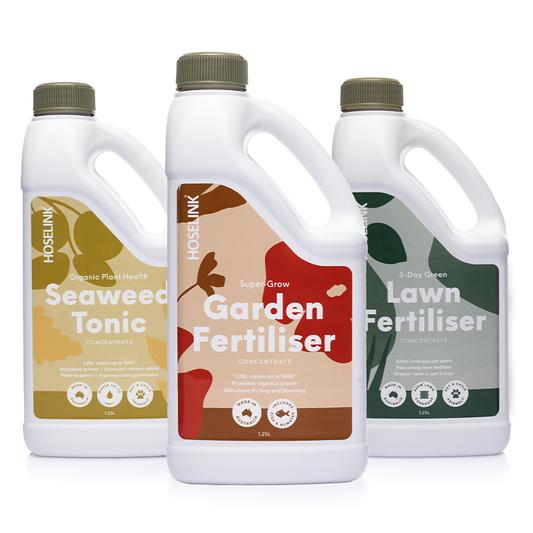

Watering
If you’re worried about watering your hanging plants or vertical garden, never fear! There’s a solution at Hoselink.
- Garden hoses: This is the most time consuming way of making sure your plants are getting the TLC they need. Many people prefer doing their own watering as they find it relaxing and/or because they enjoy the hands-on care for their plants/garden. Accessories include adjustable sprayers, watering wands for higher reach and root waterers.
- Soaker hoses: These hoses with thousands of tiny holes are ideal for rows of plants in the ground, but they can be draped across elevated pots too. They are easy to use, do the job well and do not take up too much of your time to attend to the garden. Check out the Hoselink Soaker Hoses by clicking here.
- Sprinklers: Place the sprinkler, turn it on and set the water pressure before pulling up a seat and enjoying a cold one. One of the most preferred methods of watering in most Aussie back and front yards. Check out Hoselink’s range of Sprinklers by clicking here.
- An advanced irrigation system: This is a good choice for any permanent and serious gardening (almost professional) structures. An irrigation system is built with piping that can attach to an existing nozzle or have a separate water supply. Flanges, couplings and adapters of various sizes are available to construct the irrigation system, for example, with a large main pipe and smaller piping leading to various parts of the structure, like the ones you usually come across at your local nursery.
In summary, knowing priorities for the gardening project will make decisions easier for both the plant and structure decisions. For example, do you have an unsightly wall or area you want to cover up? A frame structure attached to the wall will be ideal. Would you like more privacy in your backyard? A structure of climbers and creeper plants can cover and give you all the privacy you need. Do you want the ability to move plants around from place to place? Then shelving or hooks for pots is your best bet. Do you have a particular passion for growing your own fresh vegetables? Choose which types you prefer, and the method of growing them will be clear. Regardless of if you’re vertical garden exists indoors or outdoors! These tips cover the basics, and if you follow them all, your gardening will reach new heights.

